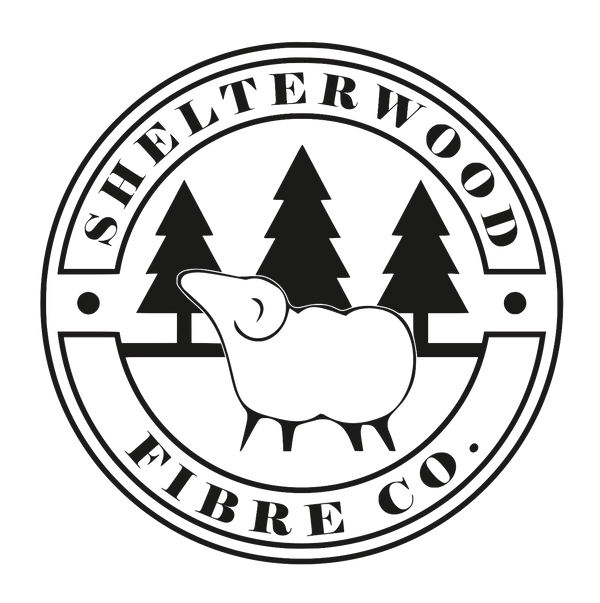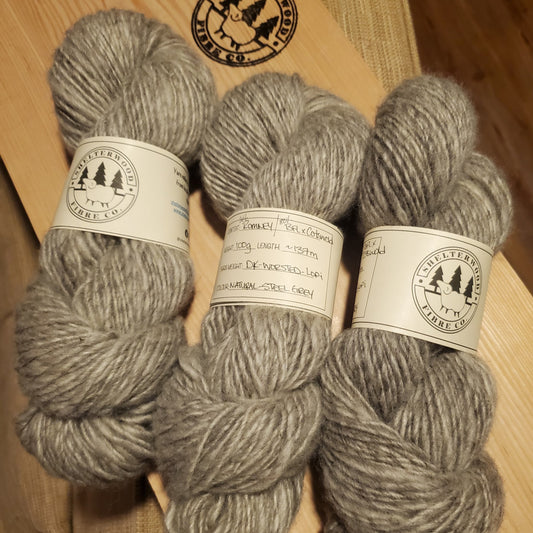About Wool
Wool is a protein fibre formed in the skin of sheep. It is a versatile natural fibre that has many benefits to individuals who wear or use it, as well as to the environment. It is naturally occurring, renewable, biodegradable, insulative, breathable, resilient and elastic, odour resistant, and safe to use.
For individuals, wool is known to create garments and textiles that are warm, breathable and incredibly durable. Because wool fibres are crimped, when they are packed tightly together form millions of tiny pockets of air. This structure allows it to absorb and release moisture, while maintaining steady temperature. Wool fibres are extremely resilient, and can be bent back on themselves 20,000 times without breaking. This gives wool garments the ability to stretch with the wearer, and then regain the original shape, thousands of times. Wool bedding and textiles have been shown to improve the quality of sleep by regulating body temperature.
For the environment, wool is easily biodegradable, decomposing into soil or water within 6 months. Sustainably managed sheep (who are not allowed to overgraze their pastures) are beneficial to grazing lands by adding nutrients (through their droppings). Converting forage to fleece is a form of carbon capture; 50% of the weight of clean wool is pure biogenic carbon.
|
Biogenic carbon – carbon that is part of the natural cycle, being derived from living matter which has absorbed carbon through its life (such as wood products, sea algae, and wool). |
Sheep grow their fleece every year for the duration of their lives, offering a renewable raw resource from which to make yarns, textiles and other products. Wool items have reduced ‘life-cycle’ impacts, since wool can be washed less frequently, at lower temperature and often is line dried. Wool garments tend to last longer due to the durable nature of wool.
Check out these links:
https://www.campaignforwool.org/about-wool/
https://iwto.org/
Online Store
Check out what's available in our online store!
-
100% Wool - Lopi (Heavy Worsted)
Regular price From $27.62 CADRegular price -
100% Alpaca - 2 ply - Sport
Regular price $35.24 CADRegular price -
A bit of everything - Romney/alpaca/rambouillet/silk
Regular price $35.24 CADRegular price -
80% Wool 20% Alpaca - 3 ply light worsted (natural grey)
Regular price $34.29 CADRegular price




